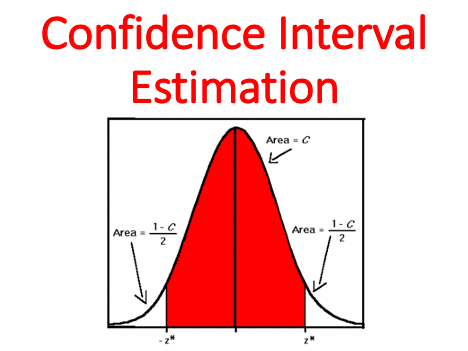Business Teaching Resources
Teaching process is a vital part in the process of knowledge gaining. That is why we put all our affords to create most interactive and breathtaking teaching materials. With our Business Related materials your students will enhance their knowledge and you can be sure that teaching process will be as interesting as it possible.










